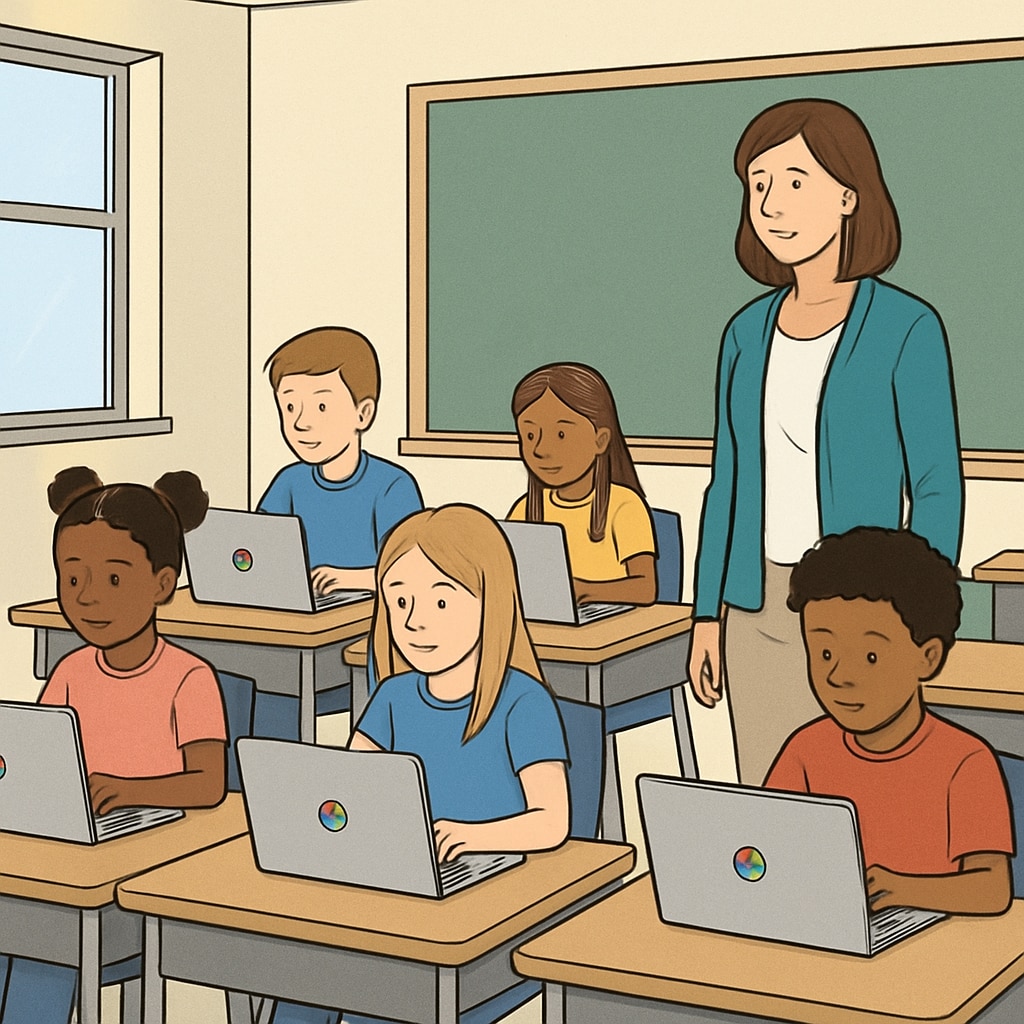Education technology has undoubtedly transformed the modern classroom, allowing tools like Chromebooks to streamline lesson delivery and improve overall efficiency. However, this widespread integration of tech raises an important question: is the focus on efficiency compromising the development of critical thinking skills? As K-12 schools increasingly rely on digital tools for teaching and learning, educational stakeholders must carefully evaluate whether this trade-off aligns with the core goals of education.

The Rise of Education Technology in K-12 Classrooms
Over the past decade, the adoption of Chromebooks and other digital tools has become commonplace in schools worldwide. These technologies promise faster access to information, simplified administrative tasks, and interactive learning experiences. For example, teachers can use apps to track student progress in real-time, while students benefit from tailor-made lessons that suit their individual needs.
However, while technology has undeniably streamlined educational processes, it has also shifted the focus from traditional methods of learning. For instance, instead of deeply analyzing a text, students might rely on quick searches or automated summaries provided by tech tools. This reliance on convenience can inadvertently reduce opportunities for developing critical thinking skills—such as reasoning, questioning assumptions, and synthesizing ideas.

Critical Thinking vs. Efficiency: A Modern Dilemma
Critical thinking, often described as the ability to analyze and evaluate information to form reasoned conclusions, is a cornerstone of meaningful education. Yet, modern classrooms increasingly prioritize efficiency—completing tasks quickly, meeting deadlines, and adhering to performance metrics. While this approach aligns well with technological advancements, it may unintentionally devalue the importance of reflective and analytical thinking.
For example, consider how Chromebooks facilitate instant answers through search engines. While this may seem like an advantage, students may miss the chance to explore problems in depth or engage in discussions that challenge their understanding. Additionally, tools like multiple-choice quizzes or automated grading systems emphasize surface-level comprehension rather than the nuanced processes involved in critical thinking.
Striking the Balance Between Technology and Deep Learning
To ensure education technology supports rather than hinders critical thinking, schools can implement strategies that blend efficiency with deeper learning. Here are some suggestions:
- Encourage Socratic Methods: Teachers can use open-ended questions to spark dialogue and debate, prompting students to think critically about the subject matter.
- Integrate Offline Activities: Balance tech-heavy lessons with assignments that require independent research, collaborative discussions, or hands-on experiments.
- Limit Screen Time: Set boundaries for device usage, ensuring students spend adequate time reflecting and engaging in non-digital learning experiences.
- Leverage Technology for Depth: Use digital tools not as shortcuts but as platforms for exploring complex problems—for example, creating multimedia projects that require analysis and creativity.
Ultimately, the goal is to create a classroom environment where technology complements traditional learning methods rather than replacing them. By fostering critical thinking alongside efficiency, educators can ensure students are not only equipped with knowledge but also the ability to apply it thoughtfully.
Conclusion: Reassessing Educational Goals in the Digital Age
While education technology like Chromebooks undoubtedly offers benefits in terms of efficiency and accessibility, it is essential to recognize the potential risks to critical thinking development. The challenge lies in finding a balance that preserves the depth of learning while embracing the advantages of digital tools. As education continues to evolve, schools must prioritize practices that nurture both efficiency and intellectual growth, ensuring students are prepared for the complexities of the modern world.
Final Thought: Technology should be a tool that enhances learning, not a substitute for the intellectual processes that define meaningful education. By striking this balance, we can create classrooms that are both efficient and intellectually enriching.


